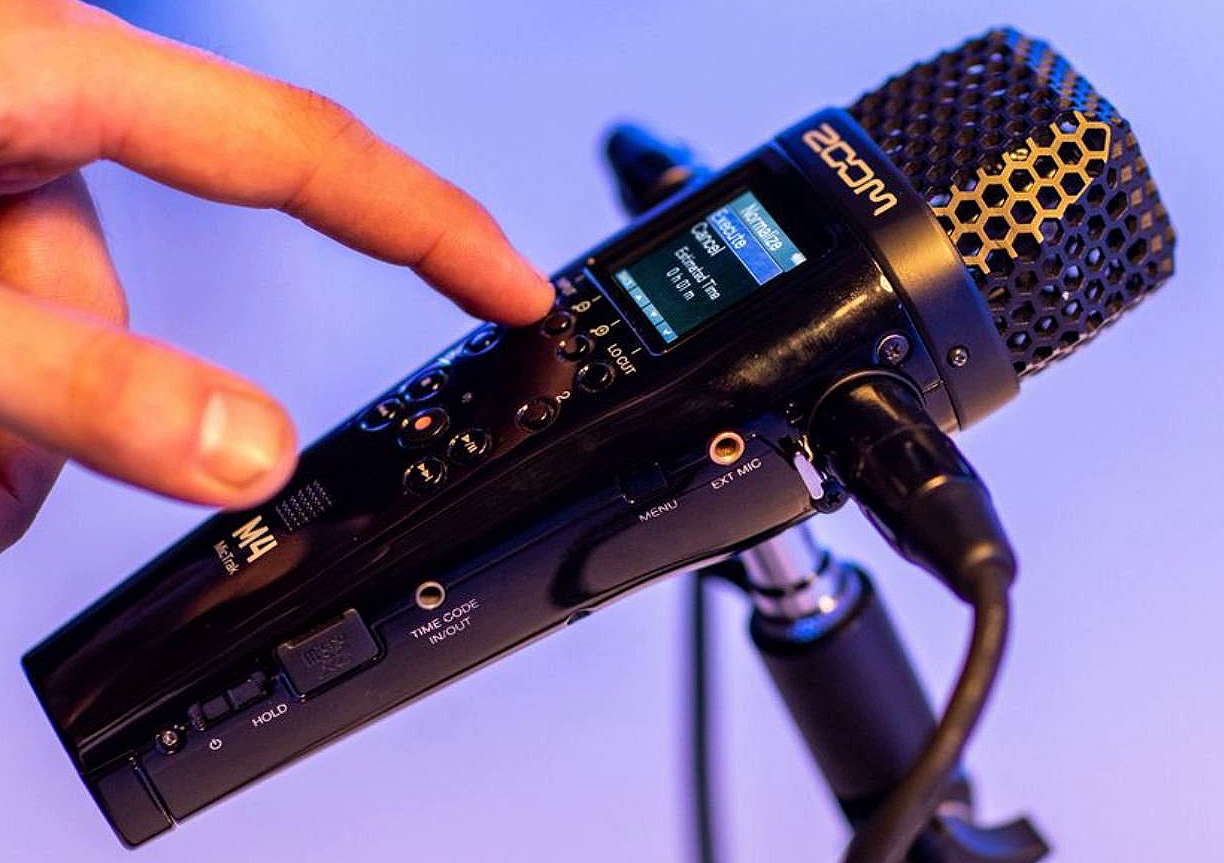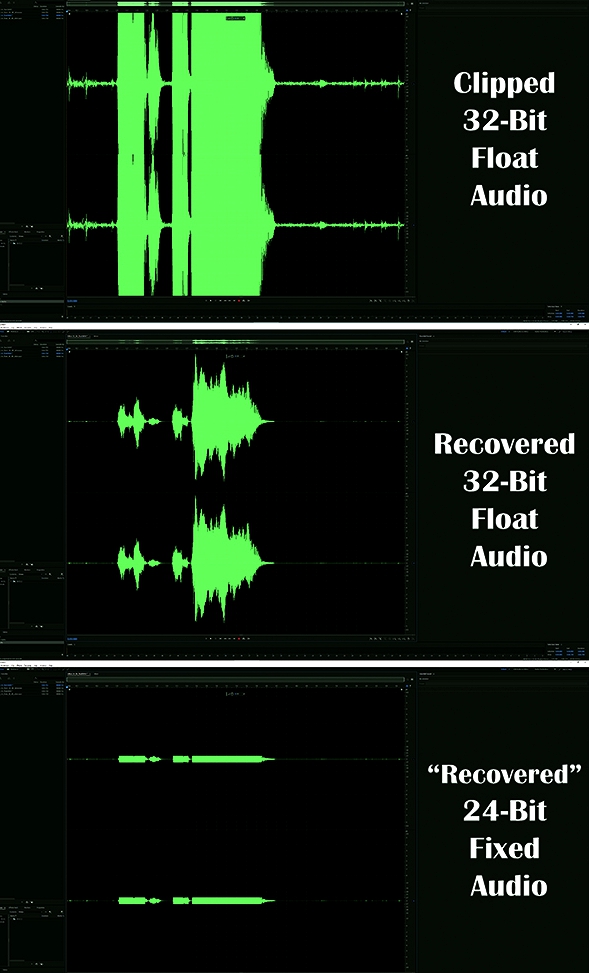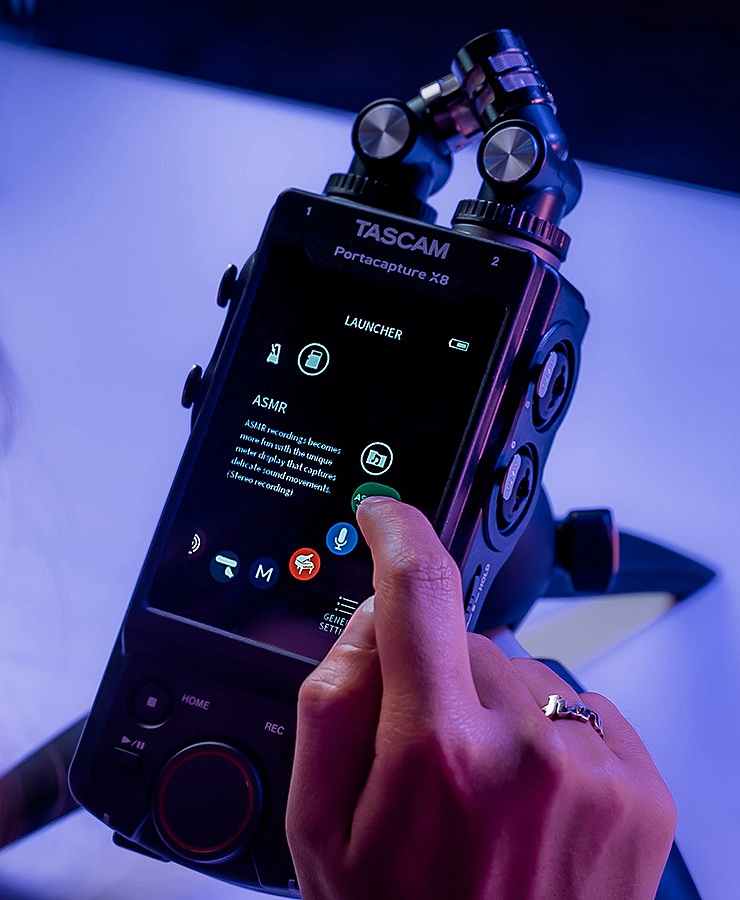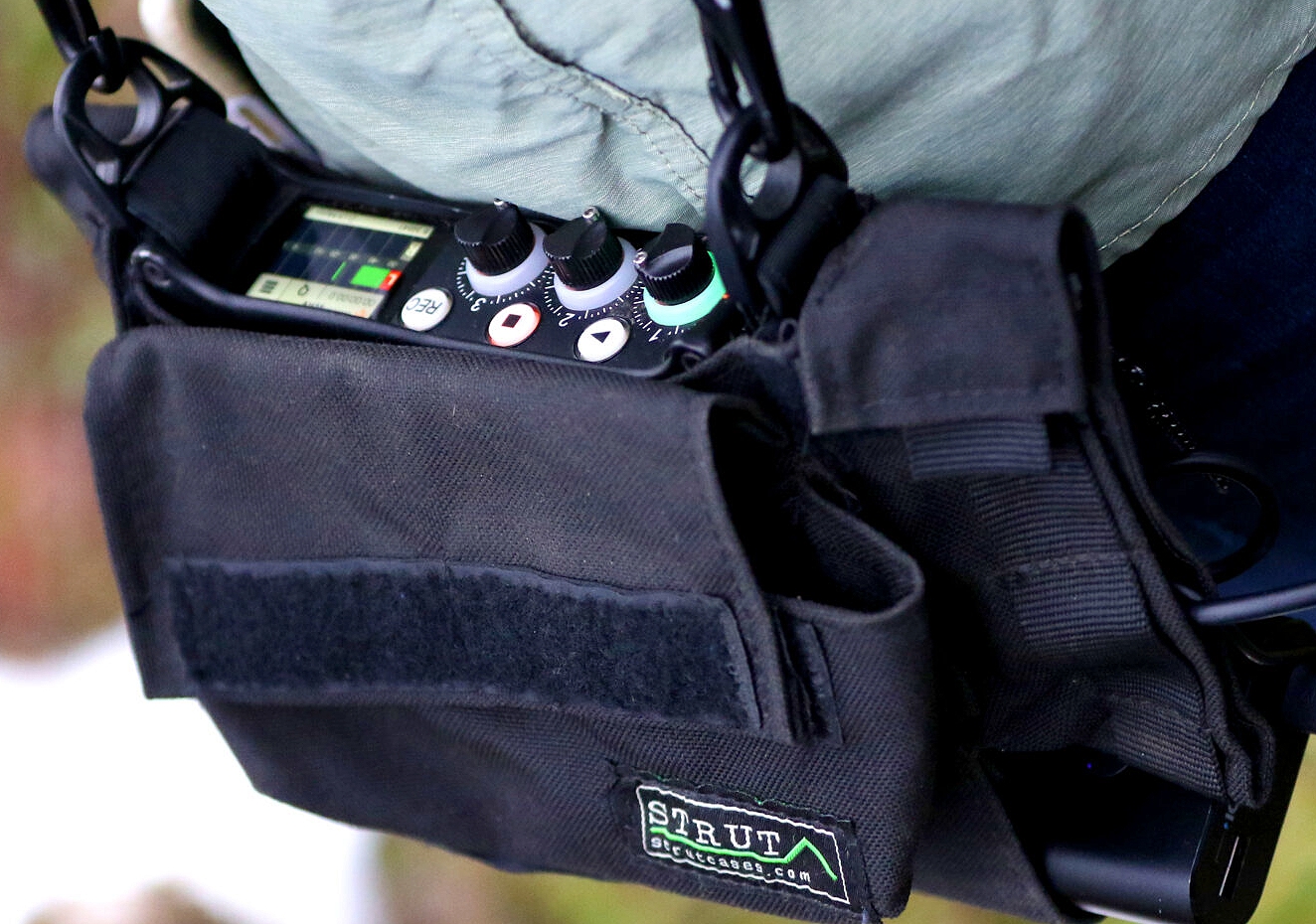Discovering the Magic of 32-Bit Float Audio Recording
Companies such as Zoom, Tascam and Sound Devices are leading the charge

We have long been in the era of “one man band” media production. Outside of major digital cinema or documentary productions, most video and sound today are recorded with a minimal crew and budget. That often means only one person.
This used to be a nearly impossible task—fraught with simple mistakes that could endanger the entire production. Now, recording high-quality audio in the field is more foolproof than ever thanks to a new technology first introduced in 2019.
Groundbreaking Tech
Over the past year, this groundbreaking technology has quickly caught on and now appears in a range of very low-cost, professional audio recorders. Called “32-bit float audio recording,” it allows the recording of sound without the user having to set gain levels.

Do not confuse 32-bit float recording with the old “auto gain” setting found on most traditional audio recorders. The artifacts produced by auto gain were never acceptable for professional-quality sound.
Today, the company with the most 32-bit float recorder models is Zoom, followed by Sound Devices and Tascam. Most video editing software and digital audio workstations can now play back 32-bit float audio. The cost and quality of the equipment has hit new levels in the past few months.
What’s so special about 32-bit float recording? Clipped recordings over zero dBFS can be fully recovered without distortion. With conventional 16- and 24-bit audio recording, this was not possible. With 16- and 24-bit recording, if the audio level peaked above zero dBFS, it was permanently distorted. That’s because these digital formats lack the ability to record any data over this threshold.
With 32-bit float recording, the system can record audio data +770 dB above zero dBFS and –758 dB below. This is a dynamic range at an astounding 1,528 dB.
It is hard to grasp this range since the loudness difference between the quietist anechoic chamber to the loudest sound possible is only 185 dB. With 32-bit float, clipping is now impossible.
The Good with the Bad
Of course, as with all new technology, there are some negatives to using and depending on 32-bit float audio. First of all, the recorded files are about a third larger than standard 24-bit files. The user will need larger size flash cards for audio storage.
If distortion creeps in before the recording begins, 32-bit float won’t help save the session. Common problems are an overloaded mic capsule, power line hum or overload from wind.
Even when using 32-bit float, sound operators still need to do correct mic placement, use the right mic mounting gear and employ good wind-protection practices when working in the field. It is always important to check that the signal being recorded is problem-free before hitting record.
The most important change with 32-bit float is that operators don’t have to set or worry about sound levels during recording. This is an advance that removes a key task for overworked one-person sound recordists. It frees the mind to concentrate on other things during the production.
Even with 32-bit float, production workflows including editing, mixing and distribution continue to use a 24-bit workflow. This means some data will be lost at some point in the chain. An audio engineer will need to make adjustments to ensure that the audio signal doesn’t get clipped when downsampling to 24-bit.
At this point, there is a choice: Either set levels properly on set and record directly in 24-bit, or record in 32-bit float and add the extra step later. It’s part of the process that is essential. But it’s always easier to fix level problems in post than having them on location.
Product Introductions
Just before Christmas, 2022, Zoom introduced a series of 32-bit float recorders that sets a new standard for quality, features and price. Called the M-Series and starting at $199, these new recorders come in handheld and shotgun styles.
Most interesting is the new Zoom M4 MicTrak ($399), a new handheld microphone-shaped recorder. It features 32-bit float recording; 192 kHz sample rate; simultaneous recording of up to four discrete channels; two ultra-low noise pro-quality XLR preamps; and an internal timecode generator.
Journalists can easily use this new recorder for handheld interviews. Just turn it on and hit record. No need to set levels. The color on-screen display shows a waveform to confirm recording. The reporter can concentrate on the content of the interview, rather than on the equipment.
When four mic channels are needed, two pro mics can be plugged into the XLR jacks on the side of the M4. It also takes 3.5mm input mics and has an internal timecode generator with an in/out jack. The timecode oscillator offers accurate code with a discrepancy of less than 0.5 frames per 24 hours.
Another major advance is the new recorder’s super-quiet preamps, which are taken from Zoom’s high-end F-series recorders. The preamps have a self-noise rating of -127 dBu. This is a level of recording technology unheard of even a few years ago.

Also recently introduced was Tascam’s Portacapture X8 recorder ($389.99) and Zoom’s F2 Portable Field Recorder ($229.99), both with 32-bit float recording. These join Zoom’s existing F-series models and Sound Devices MixPre II series, beginning at $895.

Though 32-bit float recording does not solve all recording problems, it’s a major step forward for recordists working solo in the field. Just as with lighting, good sound recording demands a complex set of choices that used to be a dedicated job in itself.
Poor sound has traditionally been the biggest killer on low-budget, independent video productions. Until recently, audio could not be recorded so easily and reliably by solo operators. That has now changed, thanks to 32-bit float audio.
Get the TV Tech Newsletter
The professional video industry's #1 source for news, trends and product and tech information. Sign up below.
Frank Beacham is an independent writer based in New York.

